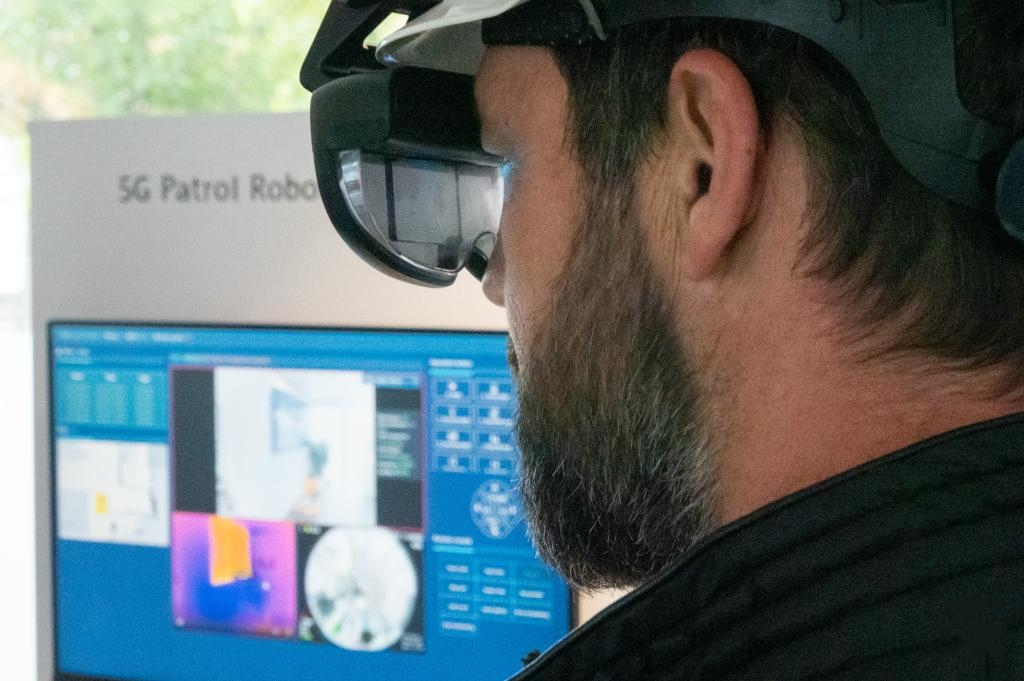“China is developing its own capabilities of innovation, but this does not mean that its door is closing. In fact, I think this puts the world in a better position where everyone can work together,” Andy Mok, senior research fellow at the Center for China and Globalization (CCG), told GDToday from Beijing in a recent interview.
According to the work report to the 20th National Congress of the Communist Party of China (CPC) delivered on October 16, innovation will remain at the heart of China's modernization drive, and the country will concentrate resources on original and pioneering scientific and technological research in the next five years.
“China has surprised skeptics by its ability to innovate”
“In the anglophone world, especially in the US, there is a fallacy that only ‘free societies’ that are democratic with a capitalist economic system can innovate well.” Mok told GDToday Chinese companies, however, have slammed such mistaken belief.
“Investors and tech executives in the US believed China could not innovate because of its system. And then we see companies like Tencent with Wechat that has completely revolutionized the lives of hundreds of millions, if not one billion plus Chinese people,” Mok said.
He furthered, “Western skeptics then said China could innovate but only in China, because none of the Chinese companies have achieved global success. And then look at Huawei, which is technology leaders globally in areas such as 5G.”

A visitor tries 5G VR glasses during Huawei's European Innovation Day in Budapest, Hungary, on September 27, 2022. (Photo/Xinhua)
Another example Mok mentioned is TikTok. “We can understand it as an entertainment app that is about short videos. But the reality is that it is an artificial intelligence (AI) company. The product is built on AI, and is not only successful in China, but in these so-called ‘weird’ societies — western, educated, industrialized, rich and democratic.”
As for China’s semiconductor industry, Mok is taking a cautiously optimistic view. “With the previous restrictions from the US, I don't underestimate at all the difficulty China’s chip manufacturers are facing. But I would also say that if we look at the recent historical record, China has surprised many skeptics by its ability to innovate when others thought innovation was impossible.”
China is tackling US curbs through “re-coupling” with the world
On October 7, the US Department of Commerce announced a set of restrictions that prohibit China from buying the best American chips as well as the machines to build them, and even from hiring Americans to work on them.
“It is unprecedented, but instead of hurting China’s technological advancement, these measures are incredibly damaging to the market leaders in the space, which are mostly American companies,” Mok said.
He elaborated that American firms such as AMD and NVIDIA that sell chips, as well as Lam Research and Applied Materials that provide key equipment and processes for manufacturing are bearing the unpleasant consequences the US’ chip ban has incurred.
According to Reuters, Lam Research, which gets 30% of its business from China, on October 19 warned of a $2 billion to $2.5 billion revenue hit in 2023 from Washington's latest export controls on advanced semiconductors and equipment to China.
On October 12, Applied Materials estimated a $250 million to $550 million drop in net sales in the quarter ending October 30, with a similar impact expected in the following three months.
“People employed in those companies are being affected. Seasoned executives and technologists are losing opportunities, which is even affecting the ability of the US to continue to innovate,” Mok said.
In a bid to advance technological innovation and secure its national interest, China is developing its own capabilities of innovation, but this is sometimes misreported and misrepresented as that China wants to isolate from the world, according to Mok’s observation.
In Mok’s view, although the trade and investment relationship between China and the US is changing or even constricting, there are still vast opportunities where China is increasing its engagement with the rest of the world. “I actually see it more as a form of re-coupling versus decoupling, in that many countries are cheering China on, in terms of its vision for a shared future with sustainable prosperity and peaceful development, as well as its technological advances.”

Screen image captured at Beijing Aerospace Control Center on September 30, 2022 shows China's space station lab module Wentian completing in-orbit transposition. (Photo/China Manned Space)
“GBA, an innovation drive for China and the world”
For China’s future scientific and technological development, Mok believes the Guangdong-Hong Kong-Macao Greater Bay Area (GBA) will be a strong drive of innovation.
He noted that the city cluster of the GBA forms a regional ecosystem that is similar to the San Francisco Bay Area in the US, where there are a few innovation hubs leading the Area’s technological advancement.
Mok took Hong Kong Special Administrative Region and Shenzhen for example. “Hong Kong is a global financial center with rich human capital in the field of high-end professional services, including financial, logistics, legal, accounting and insurance services,” he went on, “And Shenzhen is the headquarters of famous tech companies, such as Huawei, Tencent and the drone company DJI.”
With the synergies between GBA cities, Mok believes the Area has the potential of an innovation highland not only in China but across the world.

Qianhai Shenzhen-Hong Kong Youth Innovation and Entrepreneur Hub. (Photo/Xinhua)
“I have to admit that there are uncertainties and dark clouds enveloping today’s world, but if we look at history of modern technological successes, some of them were actually started in the most difficult economic circumstances,” Mok said. “So I would not be surprised if some of the greatest technological innovation and economic success stories based on technology are actually being built in the GBA.”
Author | Lydia Liu
Video | Zoey, Ou Xiaoming, He Yang (intern)
Poster | Huo Weilu
Editor | Wing, Steven, Jasmine, Jerry
















